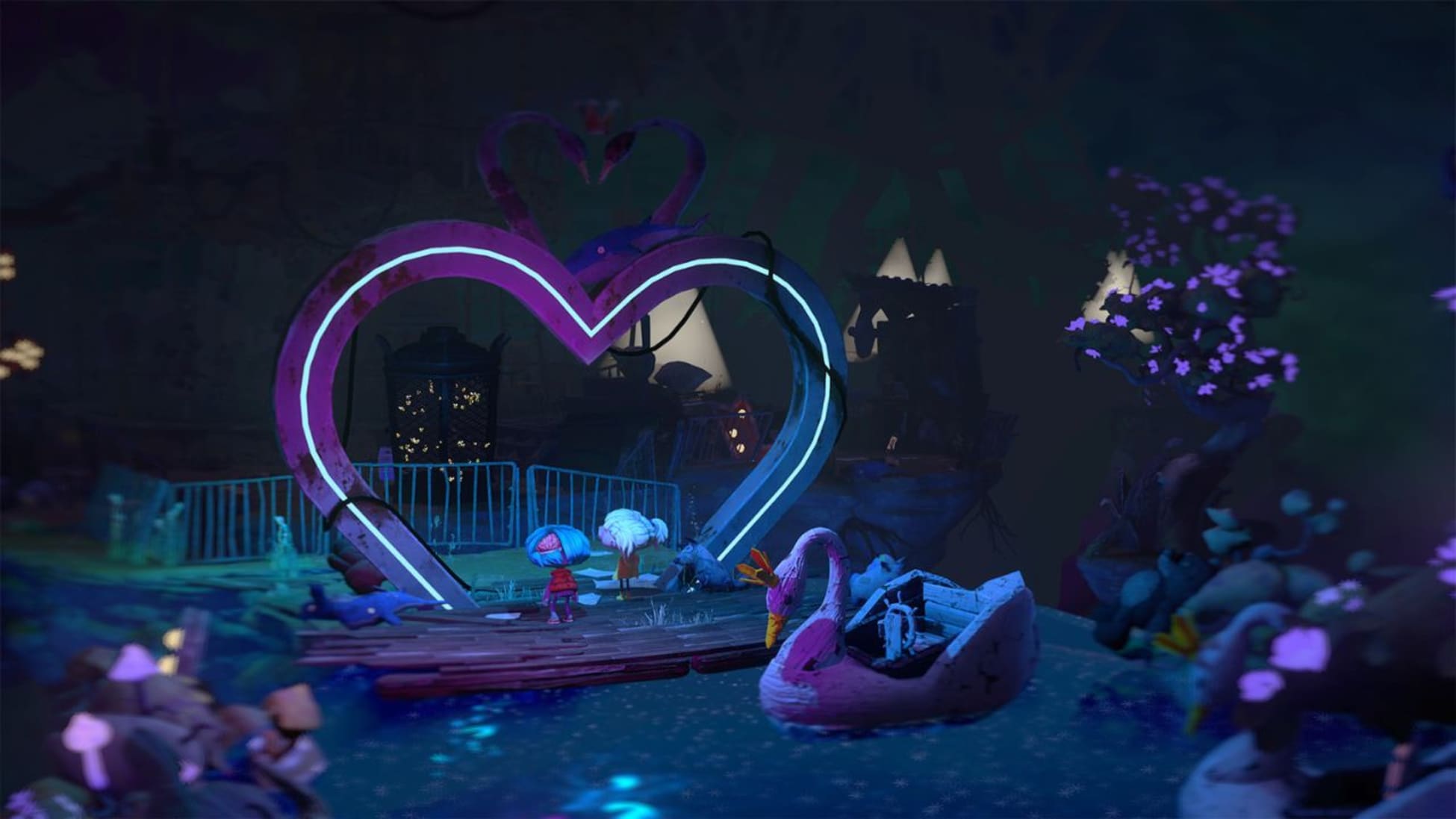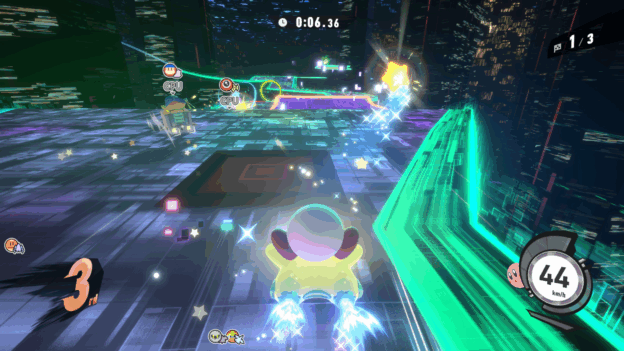The Rumble Fish 2 Review – Review

The fighting game genre is one of the tentpoles in my upbringing. Back in the day, you could find an arcade at your local mall next to the food court, squeeze a few bucks from your parents’ wallet while they go shopping, and play Street Fighter II until someone older came along and bodied you. Despite that and a lifetime of quarter-circle plus punches, this was the first opportunity to try The Rumble Fish series. Dimps, arguably a developer with the most robust history of producing fighting games, has ported the title to modern platforms amidst a genre that has branched out into a more diverse offering than ever before.

Rumble Fish 2’s biggest asset is at the foundation which everything else is built upon – the core combat mechanics. Fighting is weighty and slower on the spectrum, and that heft plus a nice bit of visual flash & flair makes each impact feel powerful. Character combo moves skew toward Street Fighter, with plenty of semi-circle + punch as well as hold + release inputs to boot. The super move system is clever – there are both defensive and offensive power meters which can be used for their respective moves, but when both are full can be combined to a critical art or super move. This creates a dynamic, modular system that let me play creatively within those heavy confines.
If the foundation is strong, it’s the structures around it which show cracks. Rumble Fish’s biggest omission is some form of tutorial that would step-by-step teach the basics, combos, and supers. Rather, you will need to be self-taught through the training mode. This tracks with its contemporaries, but it would have been a helpful addition. In fact, the only direct instruction given is through loading screens between matches, but it’s so quick that they’re tough to catch. The additional modes are considerably bare minimum – arcade, time attack, survival, vs mode (with no online matchmaking), and a gallery. It’s a perfunctory offering that checks the boxes but doesn’t excite.

Stylistically the game makes use of its anime influences to mixed results. The character designs are cool and diverse, a necessity to keep the game feeling fresh, but the characters have a fuzziness around them in motion. In the case of something like Street Fighter III, that matched the grainy feel of the backdrops. With the clean/crisp level backgrounds, its inconsistency is glaring and disappointing. The back tracks of music are mostly within the rock genre, high paced tempos and crunchy guitar riffs. Nothing stands out but it sets the tone well.
The Rumble Fish 2 is a product of its time, warts and all. It nailed the heavier 2D fighter feel with the proper weight to the punch. The crisp anime art style works for the backdrops and character designs, but loses something in translation when the characters are in motion. Despite what grievances I have, The Rumble Fish 2 is a foundationally strong fighter which makes it easy for me to overlook the blemishes to enjoy what lies underneath. This won’t grab the casual fighter fan, but the devotees should give it a look.




